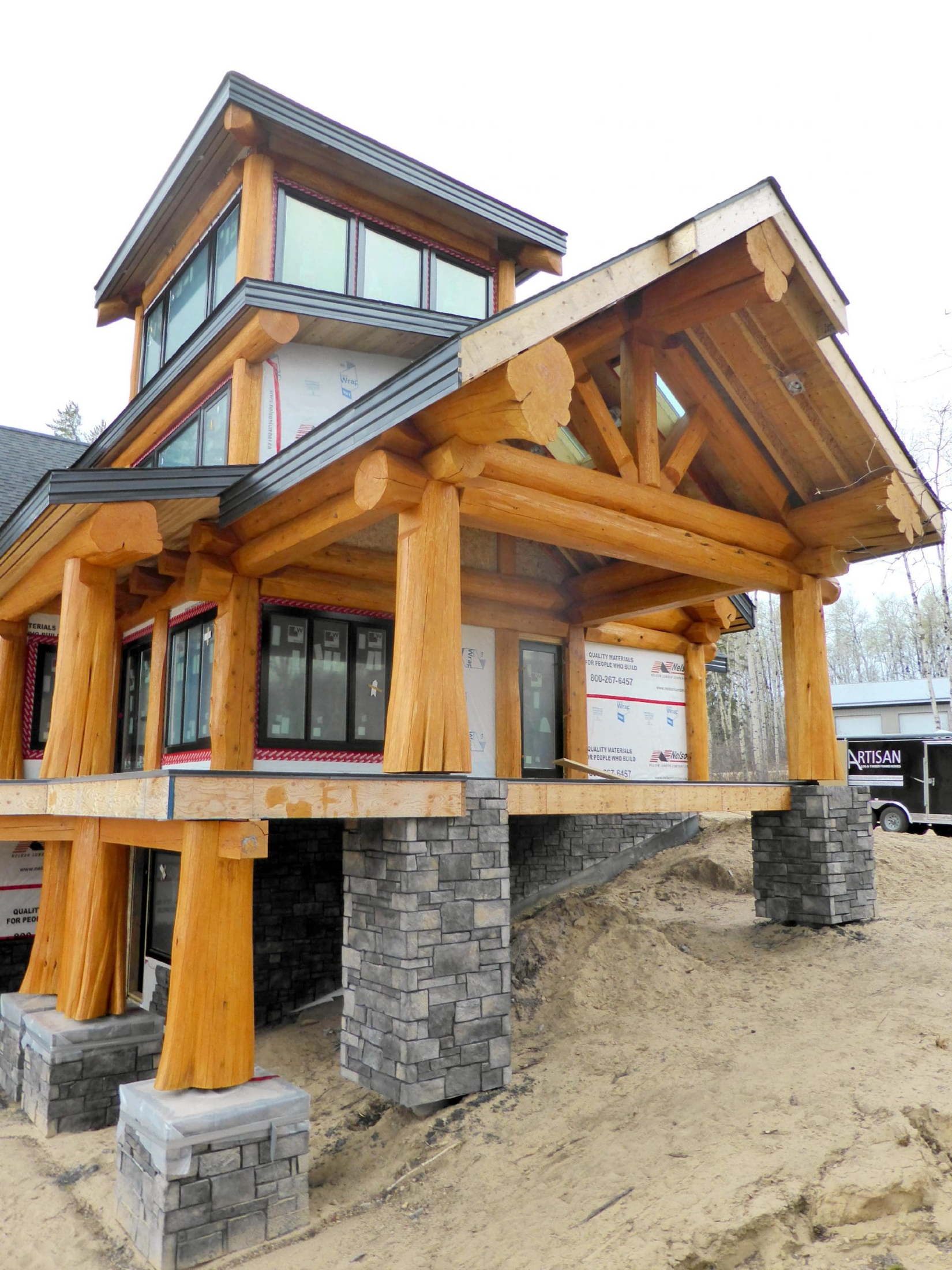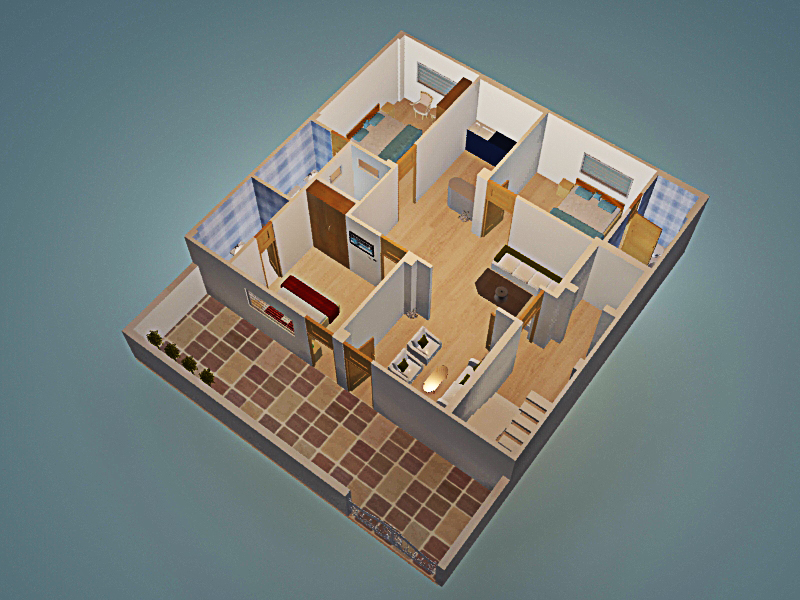
When embarking on the journey of building a home, whether in an urban, suburban, or rural setting in Canada, there are numerous hidden costs and critical considerations to keep in mind. This guide outlines these factors in detail, focusing on items that are often overlooked but can significantly impact your budget and experience. For rural properties, additional challenges and opportunities also come into play, making proper planning essential.
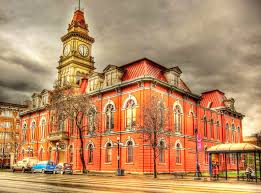
1. Impact or Development Fees
Canadian municipalities and districts often charge development or impact fees, which act as an upfront tax for contributing to community infrastructure such as roads, water, sewers, parks, schools, police, and fire stations. These fees can vary widely depending on the province, municipality, and size of the home. For example, urban centres like Toronto or Vancouver may charge tens of thousands in fees, while rural municipalities may have reduced or no impact fees. However, rural properties may incur additional costs for access roads or services.
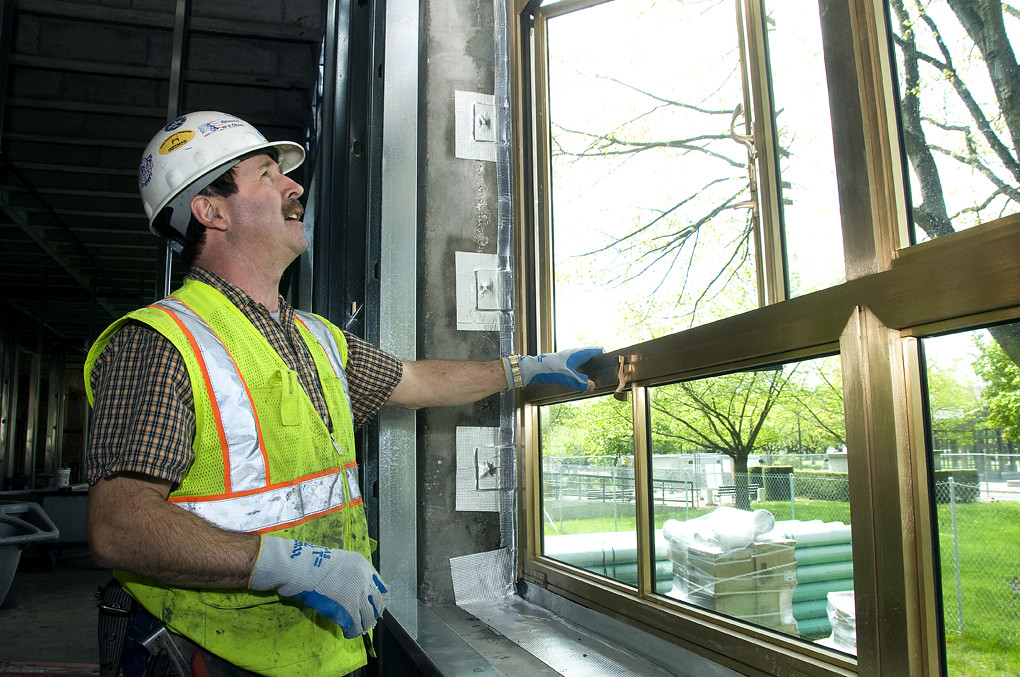
2. Quality of Windows
Windows are a critical investment, especially in Canada, where climate extremes are common. Cheap windows may save money upfront but can lead to issues such as broken seals, fogging, and higher utility bills. For rural properties, consider windows with superior insulation properties to withstand harsh winters and improve energy efficiency. Triple-pane windows or those rated for Canadian Energy Star standards can help reduce heating costs and noise from nearby farms, highways, or wildlife. Homeowners can benefit from various rebates and incentives for window replacements, such as the Ontario Energy Rebates program and the Canada Greener Homes Grant.
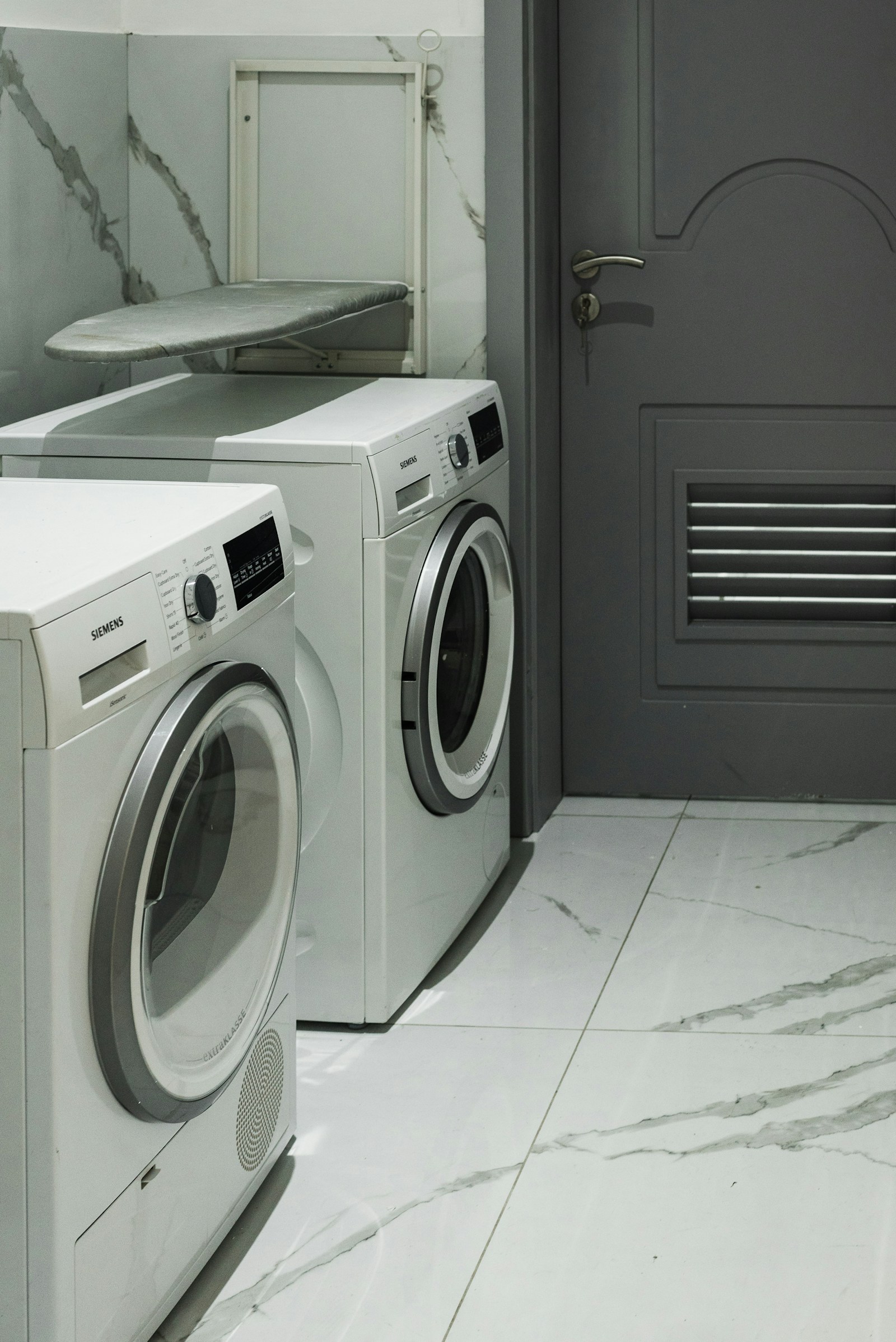
3. Appliances
Builders are typically not required to include a refrigerator, unlike stoves or HVAC systems, which are mandated by lenders. Budgeting for a quality refrigerator is crucial, as prices can range from $1,800 to $5,000. Appliances like dishwashers, washers, dryers etc., can be costly so make sure to budget for them. For rural homes, consider energy-efficient appliances, especially if you rely on solar power or have higher utility costs typical of remote areas in Canada.
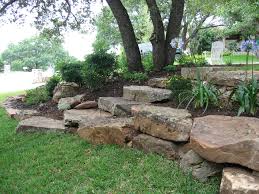
4. Landscaping and Site Preparation
Landscaping in Canada must account for the local climate and seasonal changes. Costs can range from $3,000 to $50,000 or more depending on the extent of work required! Proper landscaping can make a property look and feel way better and increase the value dramatically. For rural properties, additional considerations include clearing/planting trees, grading land, retaining walls, ponds and ensuring proper drainage to avoid flooding or erosion. In some provinces, you may also need to comply with environmental regulations, such as protecting wetlands or planting native vegetation.

5. Window Coverings (Blinds and Curtains)
Window coverings are an often-overlooked expense that can range from $2,000 to $10,000 for a modest-sized home. For rural properties, window coverings can also help manage indoor temperatures during extreme Canadian winters and provide privacy, especially in areas with sparse tree cover or distant but visible neighbors.
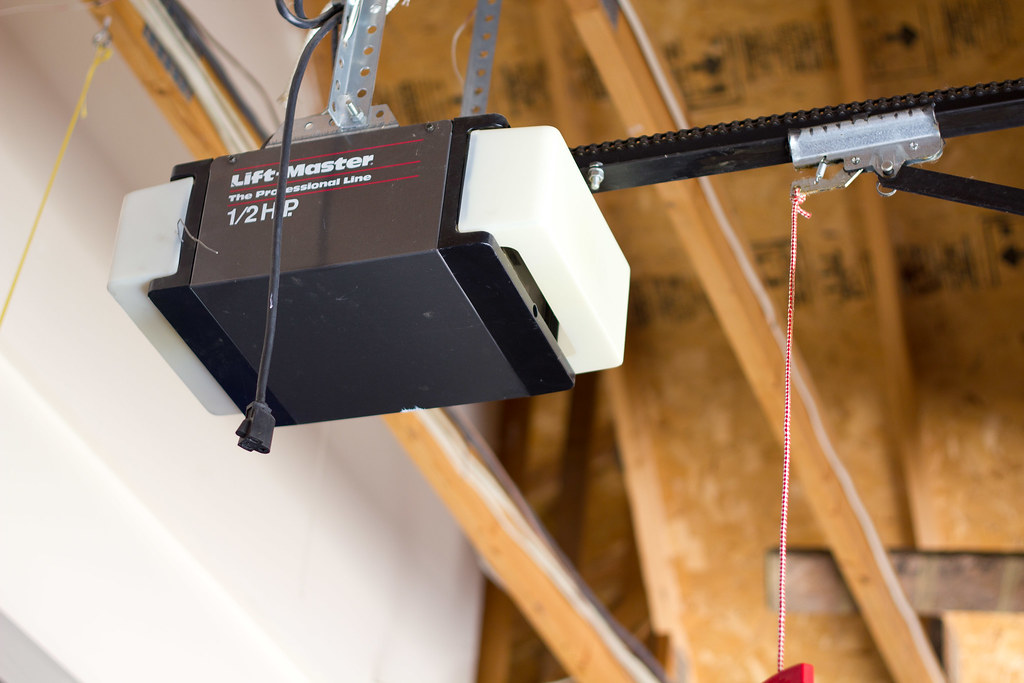
6. Garage Door Openers
Builders often exclude garage door openers unless explicitly requested. Installing one after construction can cost $600 to $1,500. For rural properties, consider a model with a battery backup to ensure functionality during power outages, which may occur more frequently in remote areas of Canada.
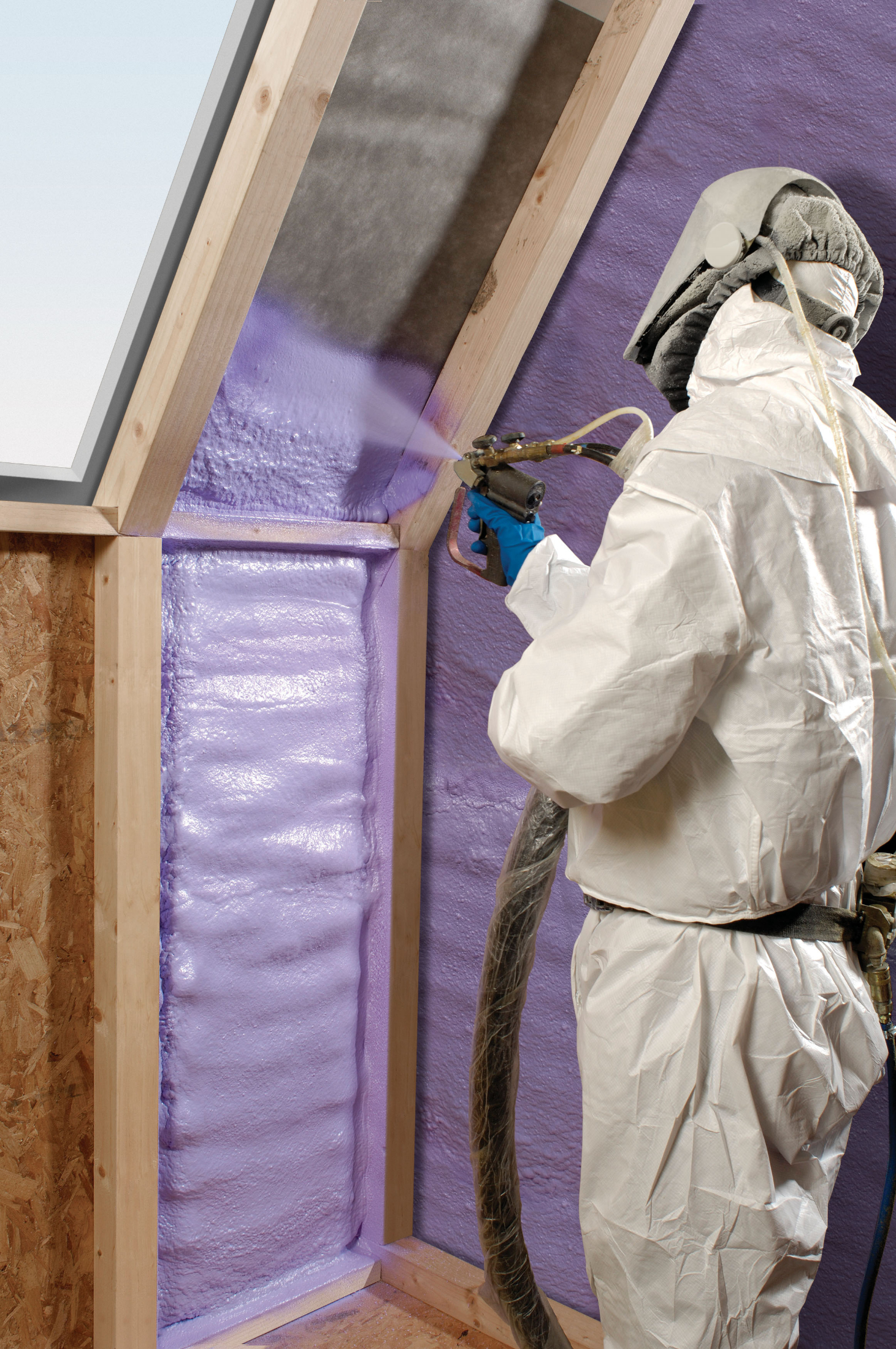
7. Insulation Throughout the House
Most builders do not insulate interior rooms unless requested. Insulation is relatively cheap and in my opinion, it is worth insulating all the rooms in a house. This prevents noise transfer throughout the house, which can help in a busy household where there are children playing, music playing, or guests being entertained.
As well, it is important to insulate spaces like garages and utility rooms. Insulating these spaces makes them more comfortable for activities like woodworking or crafting and helps protect vehicles and equipment from extreme Canadian temperatures. For rural homes, insulation can also deter pests and reduce noise from tools or machinery.
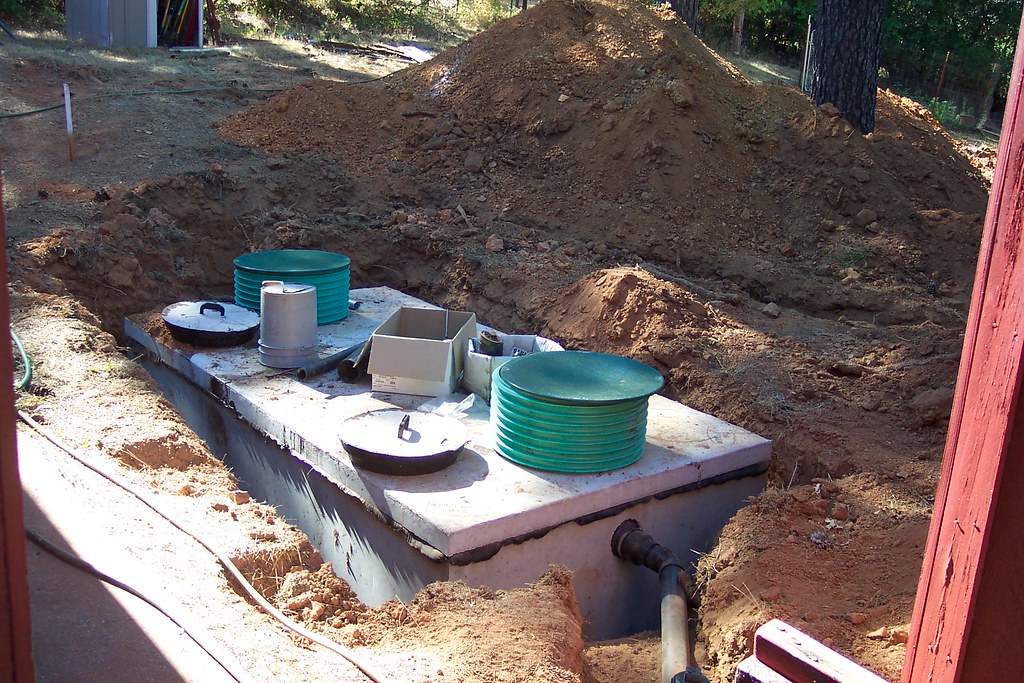
8. Septic and Water Systems
For rural properties in Canada, septic and water systems are often necessary infrastructure. A septic system can cost anywhere from $10,000 to $80,000 depending on soil conditions and provincial regulations. Well drilling and water testing can also add significant costs, ranging from $15,000 to $50,000. Other water systems like creek water can be substantially cheaper, but can still require infrastructure such as reservoir tanks, jet pumps, water lines, and filters. It's essential to factor these into your budget and ensure they meet your needs for capacity and water quality.
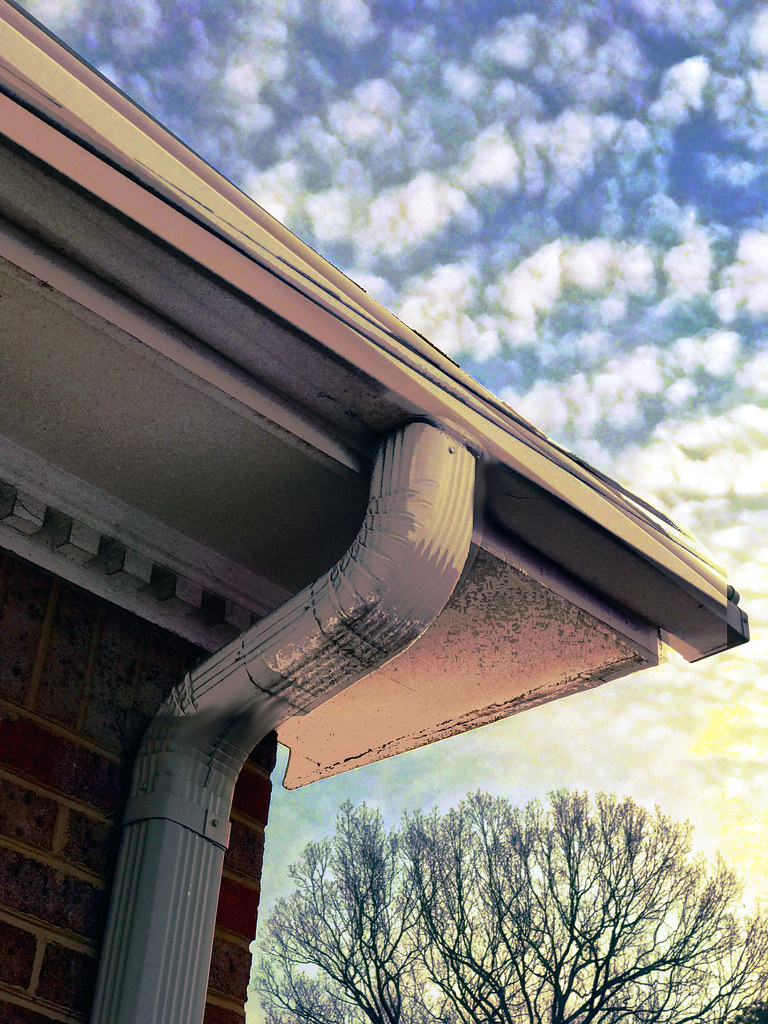
9. Gutters and Drainage Systems
Gutters are crucial for directing rainwater away from the home, preventing foundation damage, and managing erosion. For rural properties, consider additional drainage solutions such as French drains, culverts, or retention ponds if the land is prone to flooding. In snowy regions of Canada, ensure gutters are designed to handle ice buildup and snow loads.

10. Covered Outdoor Spaces
A covered porch or patio is a valuable addition for both comfort and property value. For rural homes, such spaces can provide a respite from the elements and serve as a gathering spot for family and friends. Adding a covered area during construction is often more cost-effective than retrofitting later, particularly in Canadian regions with significant rainfall or snow.

11. Fencing and Property Boundaries
Fencing is often a necessity for rural properties in Canada, particularly if you have pets, livestock, or crops to protect. Costs can range from $1,000 to $10,000 depending on the materials and extent of the property. Additionally, ensure property boundaries are clearly marked to avoid disputes with neighbors. In some provinces, you may need to follow specific guidelines for fencing near public lands or waterways.
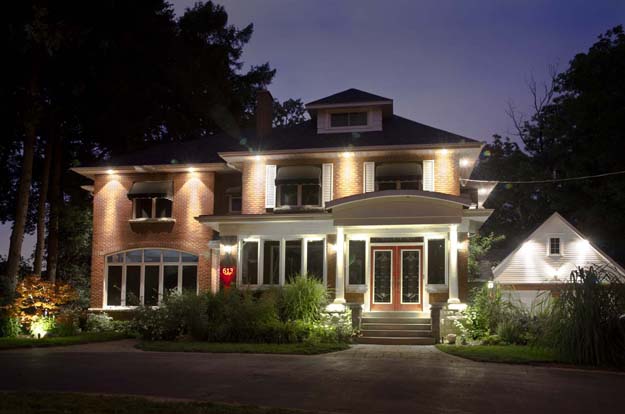
12. Exterior Lighting and Floodlights
Floodlights on all corners of the home improve security and visibility. For rural properties, lighting is especially important due to the lack of nearby streetlights. Consider motion-sensor lights and fixtures compatible with security cameras to deter wildlife and trespassers. Solar-powered lighting can be an energy-efficient option, especially in areas with limited electrical infrastructure.
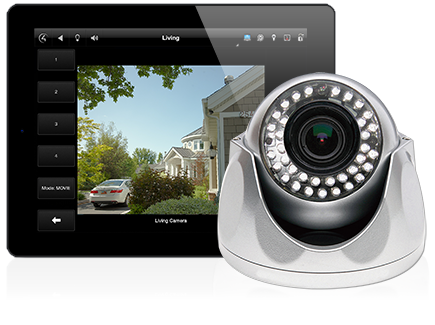
13. Pre-Wiring for Alarms and Technology
Installing pre-wired systems for alarms, internet, and other technologies during construction is far more cost-effective than retrofitting. For rural properties in Canada, this may include wiring for satellite internet or remote monitoring systems for security and equipment. Reliable connectivity is essential in rural areas where traditional broadband may not be available.
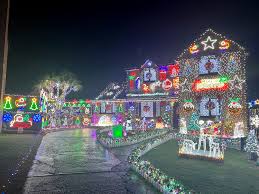
14. Electrical Receptacles
Ensure plenty of electrical outlets both inside and outside the home. For rural properties, outdoor outlets are particularly useful for equipment like electric fencing, holiday lights, or outdoor entertainment areas. Plan for outlets in strategic locations, including garages, sheds, and workshops. For Canadian winters, consider outlets for block heaters to keep vehicles operational in freezing temperatures.
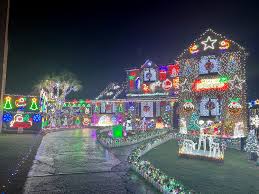
15. Durable Counter Tops and Fixtures
Investing in durable materials such as granite countertops and stainless-steel fixtures is essential for longevity. Rural homes often see more wear and tear due to outdoor activities, making sturdy materials a practical choice. Consider Canadian-made products to support local industries and ensure compliance with regional standards.

16. Power Surge Protectors
Power surge protectors are essential in a new house to safeguard electrical devices and appliances from damage caused by power surges. These surges can result from lightning strikes, utility power fluctuations, or "dirty power" issues, such as voltage spikes caused by faulty wiring or heavy-duty equipment nearby. Without proper protection, sensitive electronics like computers, televisions, and smart home devices can be permanently damaged, leading to costly replacements. Installing surge protectors ensures a stable power supply, enhances safety, and extends the lifespan of your electrical equipment, providing peace of mind in your new home.
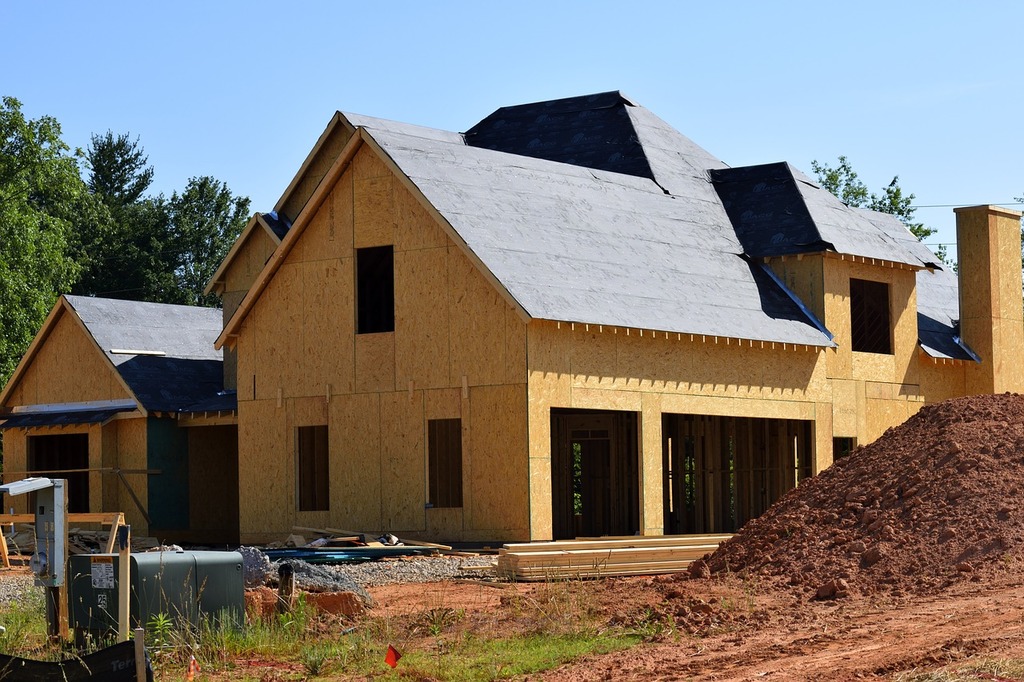
17. Additional Features for Rural Properties
Barns and Outbuildings: If you require barns, workshops, or other outbuildings, include them in your plans early. Costs can vary significantly depending on size and materials, and you may need permits in certain provinces.
Alternative Power Sources: Solar panels or backup generators can provide essential power in areas with unreliable electricity. In Canada, ensure solar systems are rated for snow loads and cold temperatures.
Fire Safety: For rural areas prone to wildfires, consider fire-resistant materials, clear defensible space around the property, and install outdoor water sources like hydrants or ponds for firefighting.
Driveways and Access Roads: Gravel or paved driveways can be expensive but are essential for accessibility. Consider additional costs for snow removal or maintenance if your property is in a remote or snowy region.
By addressing these hidden costs and considerations, you can better plan for building your dream home while avoiding surprises. Whether urban or rural, thorough preparation and attention to detail will ensure your project runs smoothly and meets your needs for years to come in the diverse and unique Canadian landscape.
Please contact me, Cassidy Tutsch, with any questions if you would like to discuss strategies in how you can find and build your dream property!

